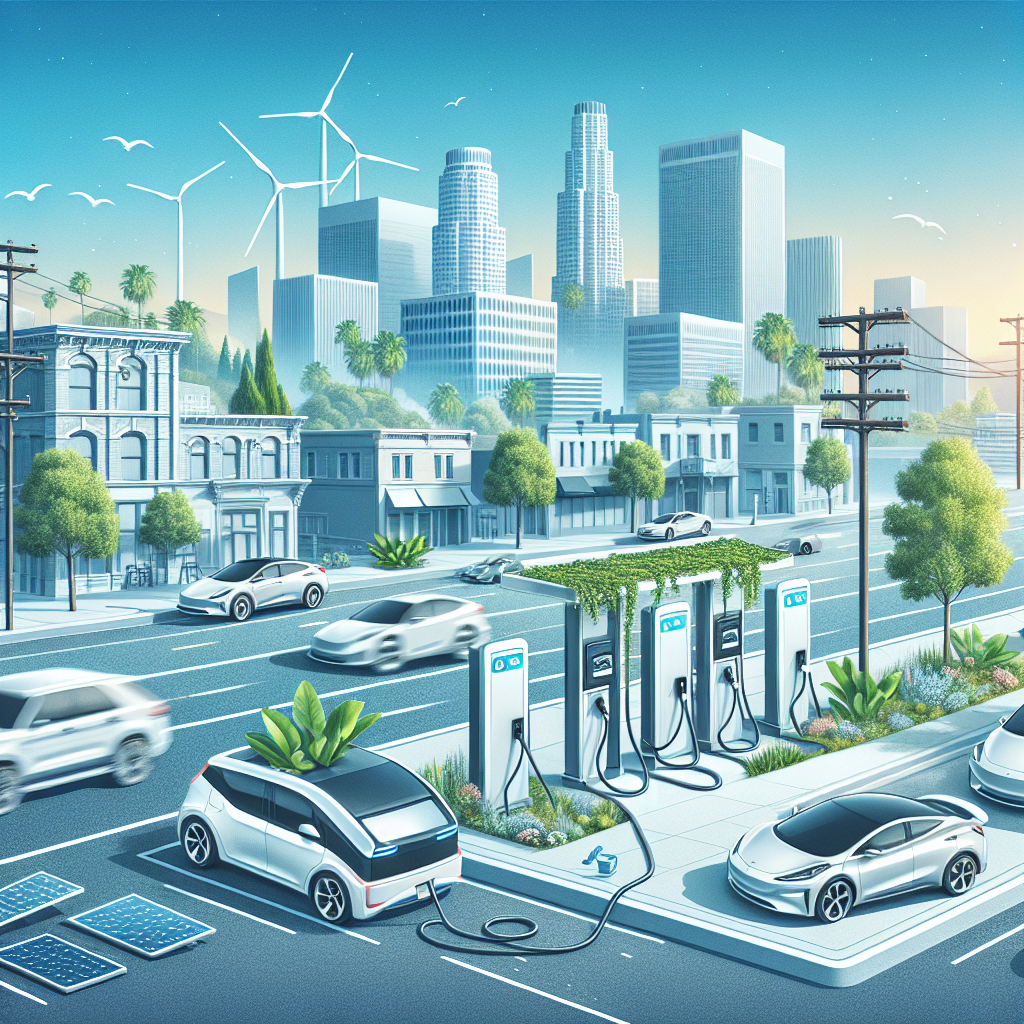
“`html
California’s Bold Move: Ban on Gasoline Cars by 2035 Gets EPA Approval
The U.S. Environmental Protection Agency (EPA) has officially approved California’s groundbreaking regulations designed to curb air pollution from automobiles. This pioneering move, hailed by environmentalists and policymakers alike, sets the stage for a future where gasoline-powered cars become a thing of the past in California.
Key Highlights of California’s Clean Air Rules
- Advanced Clean Cars II Rule: Initiated in 2022, this rule mandates that a progressively higher percentage of new cars sold be zero-emission or plug-in hybrids. By 2035, the sale of new gasoline-powered cars will cease entirely.
- Heavy-Duty Omnibus Rule: Enacted in 2020, this rule enforces stricter engine standards for heavy-duty vehicles, promoting cleaner air with immediate effect this year.
The Clean Air Act and California’s Waiver
Under the Clean Air Act, California enjoys the unique authority to enact stricter vehicular emission standards than federal requirements. This privilege, however, hinges on obtaining a waiver from the EPA. Thanks to two recent waivers, California is now authorized to implement these ambitious regulations.
Projected Impact
These newly approved rules are expected to bring significant environmental and public health benefits:
- Approximately 3,700 premature deaths could be prevented.
- The state anticipates receiving $36 billion in public health benefits.
Advancing Zero-Emission Vehicle Adoption
As part of its ambitious plan, California targets the following milestones for new car sales:
- 35% zero-emission cars by 2026
- 68% zero-emission cars by 2030
- 100% zero-emission cars by 2035
Drivers will continue to have the option to purchase used vehicles with traditional internal combustion engines, maintaining consumer choice.
EPA’s Commitment to Partnering with States
EPA Administrator Michael Regan confirmed the agency’s partnership with California, stating, “Today’s actions follow through on EPA’s commitment to partner with states to reduce emissions and act on the threat of climate change.”
Wider Adoption and Global Influence
At least 11 other states, including Washington and New York, have adopted California’s zero-emission mandate. With European nations and Canada leading similar initiatives, approximately 40% of the U.S. population could be influenced by these regulations if other states follow suit.
Opposition from Industry Groups
While environmentalists celebrate the decision, some industry groups express concern. Critics argue that these policies could raise consumer and transportation costs, clashing with consumer preferences and potentially impacting U.S. energy security.
EPA Authorization and Future Challenges
The California Air Resources Board is still awaiting EPA decisions on additional clean air rules, including plans to phase out fossil fuel-powered trucks and locomotives. These decisions are pivotal for California’s comprehensive clean air strategy.
Joe Lyou, president of the Coalition for Clean Air, emphasizes the importance of these regulations, noting that once approved, they become more resistant to being overturned by future administrations.
Legal Landscape and Supreme Court Involvement
Legal challenges are already on the horizon. The Supreme Court is poised to determine whether fuel producers can sue the EPA over potential financial losses due to California’s stringent regulations. A ruling in favor of the producers could complicate the implementation of these clean air standards.
The Road Ahead
Despite opposition and potential hurdles, California’s clean vehicle initiative marks a significant step towards reducing greenhouse gases and combating climate change. As these new standards take effect, the state hopes to inspire broader adoption across the country and around the globe.
In summary, California’s ambitious effort to ban gasoline-powered vehicles by 2035 represents a crucial advancement in the fight against climate change, setting an inspiring precedent for other regions worldwide.
“`
Source: https://www.latimes.com/environment/story/2024-12-18/epa-oks-california-ev-mandate-and-tailpipe-emission-rule

